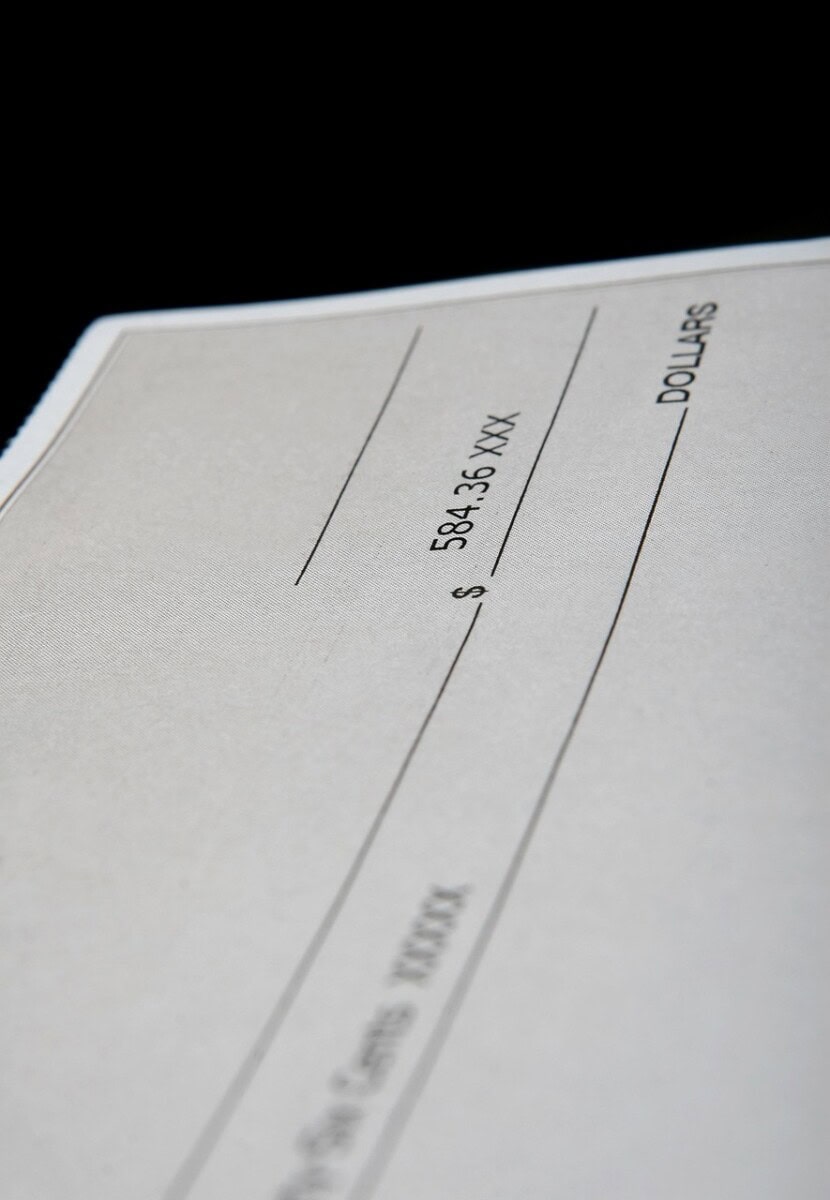
Employers can withhold part of an individual’s wages as a result of wage garnishment when they owe money. It can have major financial consequences which is why it is important to learn about the rules and solutions available.
Understanding the Garnishment Process
Usually, creditors must get a court order to garnish wages and then they can take money owed to them straight from the debtor’s wages. There are some exceptions though. The federal government, for example, can seize your wages for student loan debt even without a court order and take up to 15% of what remains after you pay taxes.
Under federal regulations, only up to 25% of an individual’s disposable pay or any amount above 30 times the federal minimum wage each week can be garnished. This is the maximum wage garnishment limit. When you get a garnishment notice, you should act swiftly to confirm its validity and think about possible defenses.
Reviewing the Garnishment Notice
Make sure to check the authenticity of a garnishment notice when you receive it. It should state the name of the creditor, how much is owed and the specific terms for the garnishment. Match this information against your records to see if anything is off. Should you uncover inconsistencies, get in touch with the issuing court or a lawyer to tackle the problem.
Legal Grounds to Challenge Garnishment
People do have the right to challenge a garnishment. Income streams such as Social Security, compensation received after being injured due to negligence, and unemployment benefits cannot be transferred to creditors. If your income falls into one of these categories, you are eligible to seek an exemption from the court. Similarly, if all the debt was settled or if there were issues in the way the garnishment was processed, these can be used as valid reasons to challenge it.
Negotiating Directly with the Creditor
Reaching out to the creditor directly may help solve the problem. Start by getting in touch with the creditor or their representative to explain your financial issues. Request a payment schedule that fits your ability to pay or negotiate a one-time settlement based on what you can manage.
Some creditors could accept less money from you since collecting wages takes time and effort which they would like to avoid. Using this technique helps stop the garnishment and also helps you organize your finances better.
Considering Bankruptcy
Declaring yourself bankrupt immediately halts wage garnishment. Chapter 7 bankruptcy involves selling some of the debtor’s property to pay for debts, with any remaining money owed often being cleared. Chapter 13 allows for a three to five year repayment plan oversaw by the court. While bankruptcy may stop garnishment, it’s wise to discuss your financial future and get advice from an attorney before moving forward.
Seeking Professional Legal Assistance
Getting advice from a lawyer who handles debt or employment issues is a good idea. Attorneys seasoned in debt, employment law, or white collar crimes, can teach you how to navigate wage garnishment procedures.
A lawyer can make sense of the garnishment process, help you file the proper papers and stand by your side in any court proceedings. If you cannot afford a lawyer, groups like the Legal Services Corporation give you access to cheap or free help.
Endnote
It’s not easy to deal with wage garnishment, but learning what your rights are can really help. Early action, either through legal contests, bargaining, or asking for professional help, is the best way to defend your economic welfare.